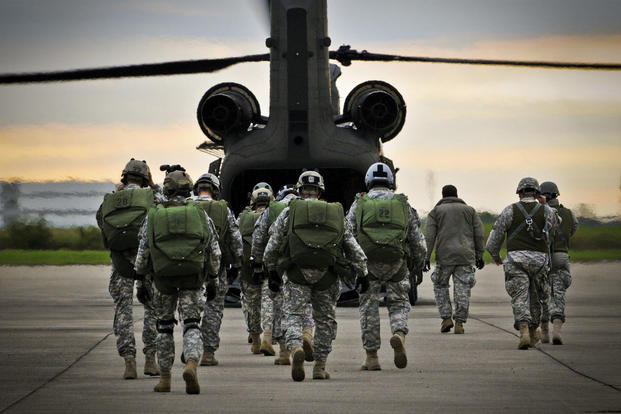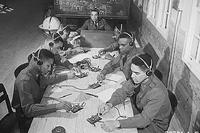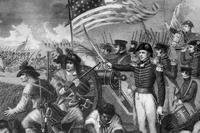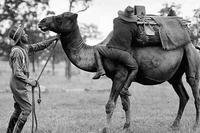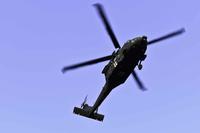From brutal trench warfare in World War I to fighting the Nazis and challenging Soviet Russia during the Berlin Airlift, Army Reserve forces have faced the perils of combat for more than 100 years.
The Army Reserve started as a medical force designed to fortify the Army’s shortfall of combat doctors. In 1902, Secretary of War Elihu Root proposed the creation of a volunteer reserve to augment the regular Army and National Guard in wartime, and on April 23, 1908, the Medical Reserve Corps, with 160 medical professionals, was launched, with one simple mission: keep Soldiers alive.
Today, that force has grown to more than 205,000 citizen soldiers spanning a wide range of specialties. That includes 11,000 civilians and 2,075 units residing and operating in every state, 5 U.S. territories, and 30 countries.
Reservists, who say that deployment rates have skyrocketed since 9-11, give much credit to their employers and family members.
“We don’t serve in a vacuum. We can’t do what we do without the support of our employers. With the increased op tempo there has been increased time away from home and our employers,” Col. Richard Bailey, Commander, 804th Medical Brigade, told Military.com in an interview.
As the Army Reserve honors its 110th anniversary, let’s take a closer look at the some of its highlights over the past century. Here’s to citizen soldiers!
5 Defining Moments from a Century of War
World War I
About 90 reserve forces mobilized in World War I to fight the Germans across the European continent. One-third of them were medical doctors. Treating wounds during World War I was no small task, as injuries ranged from bayonet injuries to gunshots resulting from deadly trench warfare.
Fighting the Nazis: World War II (1941-1945)
During World War II (1941-1945), the Army mobilized 26 Army Reserve infantry divisions. Approximately a quarter of all Army officers who served were Army Reserve Soldiers, including over 100,000 Reserve Officers’ Training Corps graduates. More than 200,000 Army Reserve Soldiers served in the war.
Challenging Soviet Russia: Cold War and the Berlin Airlift
The Army Reserve was mobilized twice during the Cold War; over 68,500 Army Reserve Soldiers mobilized for the Berlin Crisis (1961-1962), during which time the Soviets insisted that Western forces withdraw from Berlin. As forces on both sides escalated, conflict was imminent, but ultimately avoided, as U.S. Soldiers followed President Kennedy’s words: “We seek peace, but we shall not surrender.”
Desert Shield/Desert Storm (1990-1991)
The invasion of Kuwait by Iraq led to a call-up of approximately 84,000 Army Reserve Soldiers to provide combat support and combat service support in the Persian Gulf theater and site support to American forces around the globe.
Global War on Terrorism (2001-Present)
Since 9/11, approximately 218,000 Army Reserve Soldiers have been activated in the Global War on Terrorism (GWOT). Today, approximately 200,000 Army Reserve Soldiers serve through the Army’s five- year, rotational force generation model.
While deployed to Iraq, Bailey ran a combat hospital and treated life-threatening injuries nearly every day.
“We had two rockets come in and explode on the compound and the base had many incursions on the perimeters. A lot of things happen outside the wire but on a daily basis it would come to our doorstep. We saw gunshots on a daily basis,” Bailey said.
Notable Army Reserve 'Citizen Soldiers'
Presidents Harry S. Truman (WWI) and Ronald Reagan (WWII)
William J. Donovan, founder of the OSS (which later became the CIA), served in the Army Reserve in both WWI and WWII
Alan Alda (M*A*S*H) served during the Korean War
John Fogerty, lead singer for Creedence Clearwater Revival (Vietnam)
Stay on Top of Your Military Benefits
Military benefits are always changing. Keep up with everything from pay to health care by signing up for a free Military.com membership, which will send all the latest benefits straight to your inbox while giving you access to up-to-date pay charts and more.

